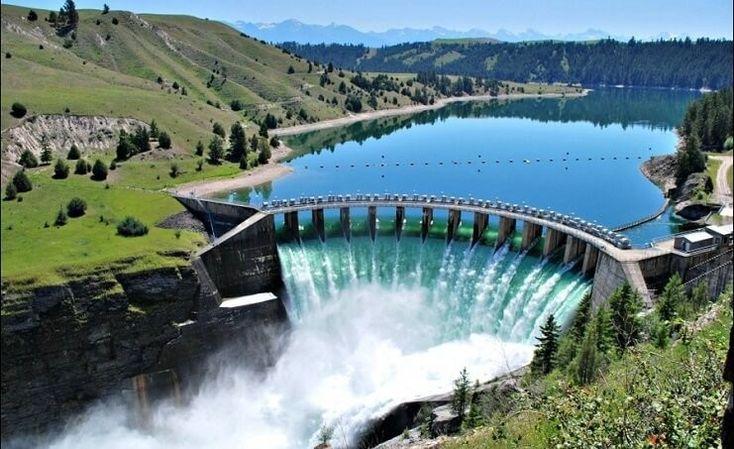What is a Hydroelectric Power Plant? How Does It Work?
A hydroelectric power plant is a type of energy facility where the kinetic or potential energy of water is converted into electrical energy. These plants are typically built on dams, rivers, or streams. Hydroelectric energy is an environmentally friendly renewable energy source that provides sustainable energy production.
The working principle of hydroelectric power plants involves the following steps:
-
Water Collection and Storage: Dams or reservoirs are locations where water is collected and stored. When water is collected in a high-altitude area, potential energy increases.
-
Water Release and Turbines: Water is released from the dam or reservoir, and this water is used to turn a device called a turbine. The turbine converts the kinetic energy of water into mechanical energy.
-
Generators: The mechanical energy generated by the turbine drives a generator. The generator converts mechanical energy into electrical energy, producing alternating current (AC).
-
Transformers and Transmission Lines: The produced electrical energy is adjusted to appropriate voltage levels through transformers and then transmitted to the areas where it will be used through transmission lines.
-
Energy Distribution: The transmitted electrical energy is distributed to various consumer points such as homes, businesses, and industries.
Hydroelectric power plants benefit from the ability to control water as a resource online and the storage of potential energy in water. They also provide carbon-free energy production, minimizing environmental impacts. However, concerns related to the environmental effects of such plants, including issues arising from dam constructions and changes in ecosystems, are important considerations.





